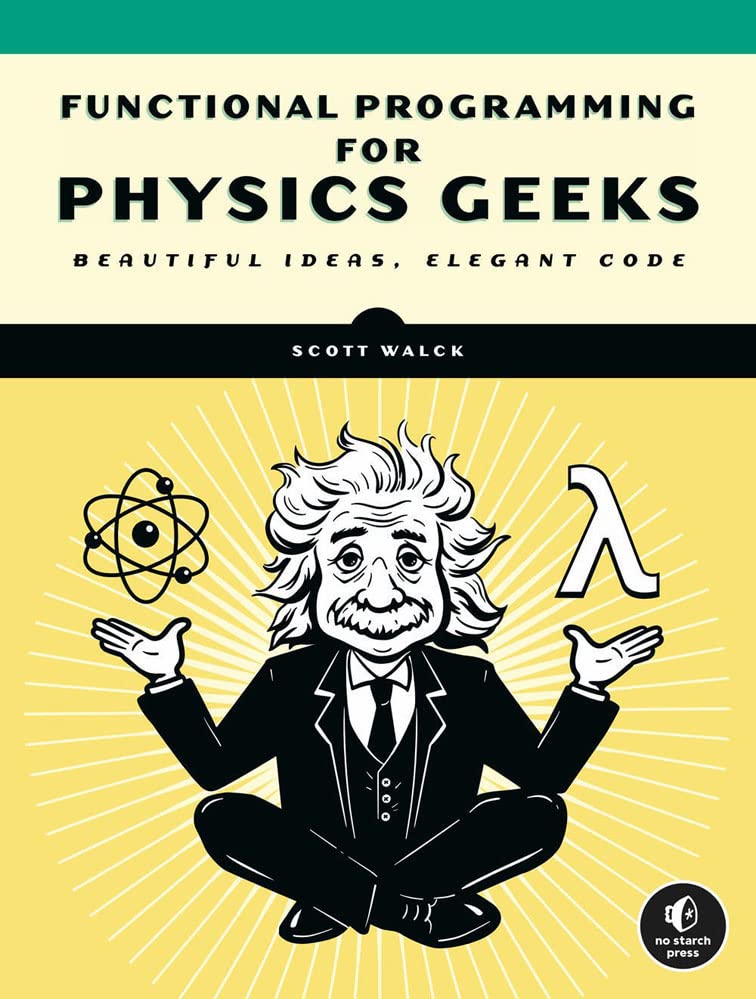

Most ebook files are in PDF format, so you can easily read them using various software such as Foxit Reader or directly on the Google Chrome browser.
Some ebook files are released by publishers in other formats such as .awz, .mobi, .epub, .fb2, etc. You may need to install specific software to read these formats on mobile/PC, such as Calibre.
Please read the tutorial at this link: https://ebookbell.com/faq
We offer FREE conversion to the popular formats you request; however, this may take some time. Therefore, right after payment, please email us, and we will try to provide the service as quickly as possible.
For some exceptional file formats or broken links (if any), please refrain from opening any disputes. Instead, email us first, and we will try to assist within a maximum of 6 hours.
EbookBell Team

5.0
28 reviewsThis book teaches you to solve physics problems using the functional programming paradigm. Ideal for first-time programmers and science aficionados alike, it introduces the Haskell programming language and encourages the writing of beautiful code to match the elegant ideas of theoretical physics.
Early chapters cover the basics of coding in Haskell, which has a powerful system of types capable of encoding important mathematical structures in physics, like vectors, derivatives, integrals, scalar fields, vector fields, and differential equations. Later sections of the book explore Newtonian mechanics and electromagnetics—two central pillars of theoretical physics. In addition, you’ll get a deep look into source code, and discover why Haskell’s high-order functions and referential transparency serve physics so well. Along the way, you’ll learn
•How to write beautiful code that expresses fundamental physical principles
•How to make graphs and animations of interesting situations
•How to program in a language that looks like mathematics
•How types, high order functions, and referential transparency serve physics well